Size Chart

Length unit:
Sizes may vary up to 1
HPSL: High Point Shoulder Length
BW: Bust Width (width of shirt measured 1" below armhole)
Couldn't load pickup availability
Science is an enormously successful human enterprise. The study of scientific method is the attempt to discern the activities by which that success is achieved. Among the activities often identified as characteristic of science are systematic observation and experimentation, inductive and deductive reasoning, and the formation and testing of hypotheses and theories. How these are carried out in detail can vary greatly, but characteristics like these have been looked to as a way of demarcating scientific activity from non-science, where only enterprises which employ some canonical form of scientific method or methods should be considered science.
Source: https://plato.stanford.edu/entries/scientific-method/
The scientific method is critical to the development of scientific theories, which explain empirical (experiential) laws in a scientifically rational manner. In a typical application of the scientific method, a researcher develops a hypothesis, tests it through various means, and then modifies the hypothesis on the basis of the outcome of the tests and experiments. The modified hypothesis is then retested, further modified, and tested again, until it becomes consistent with observed phenomena and testing outcomes. In this way, hypotheses serve as tools by which scientists gather data. From that data and the many different scientific investigations undertaken to explore hypotheses, scientists are able to develop broad general explanations, or scientific theories.
Source: https://www.britannica.com/science/scientific-method

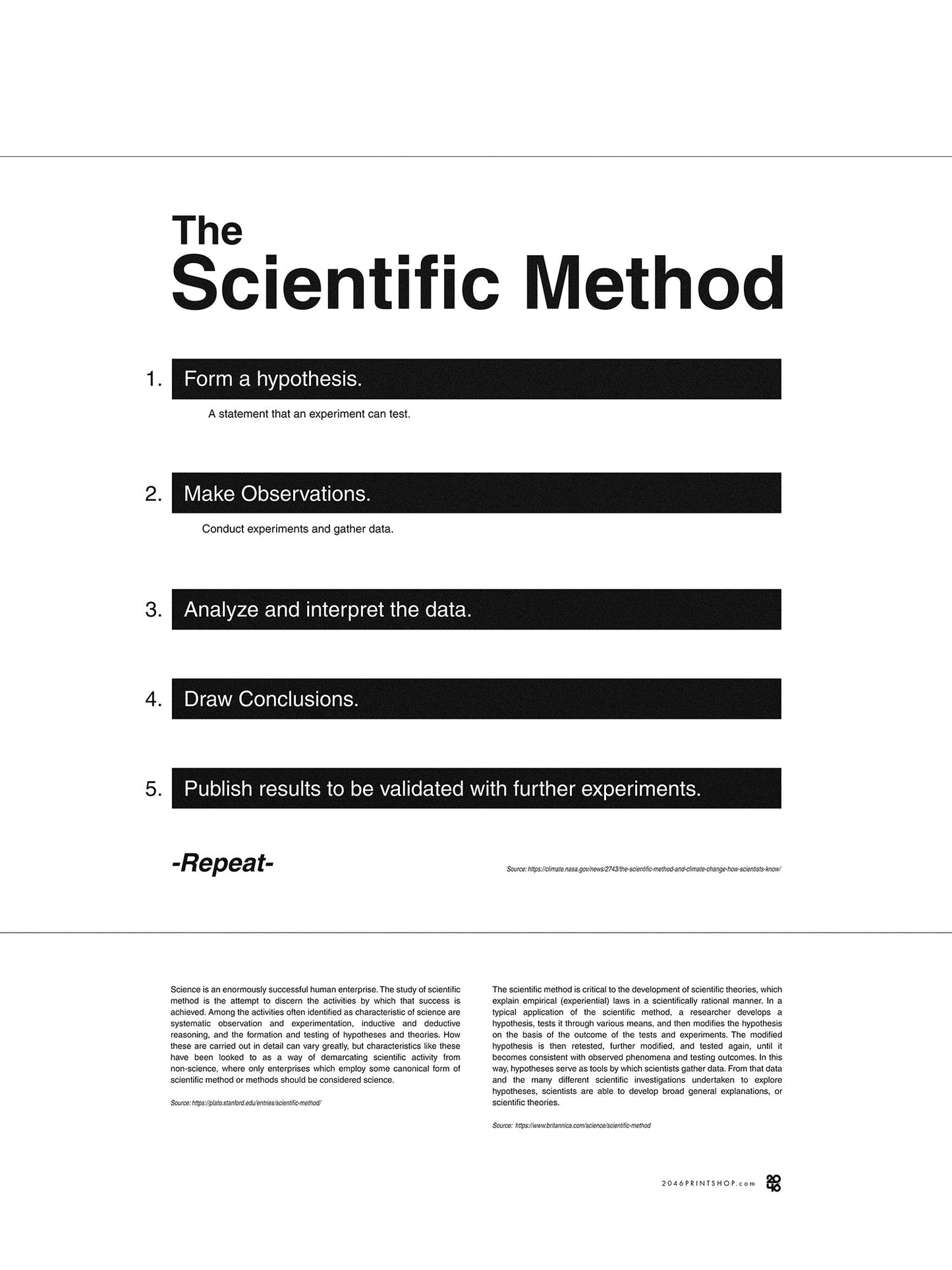








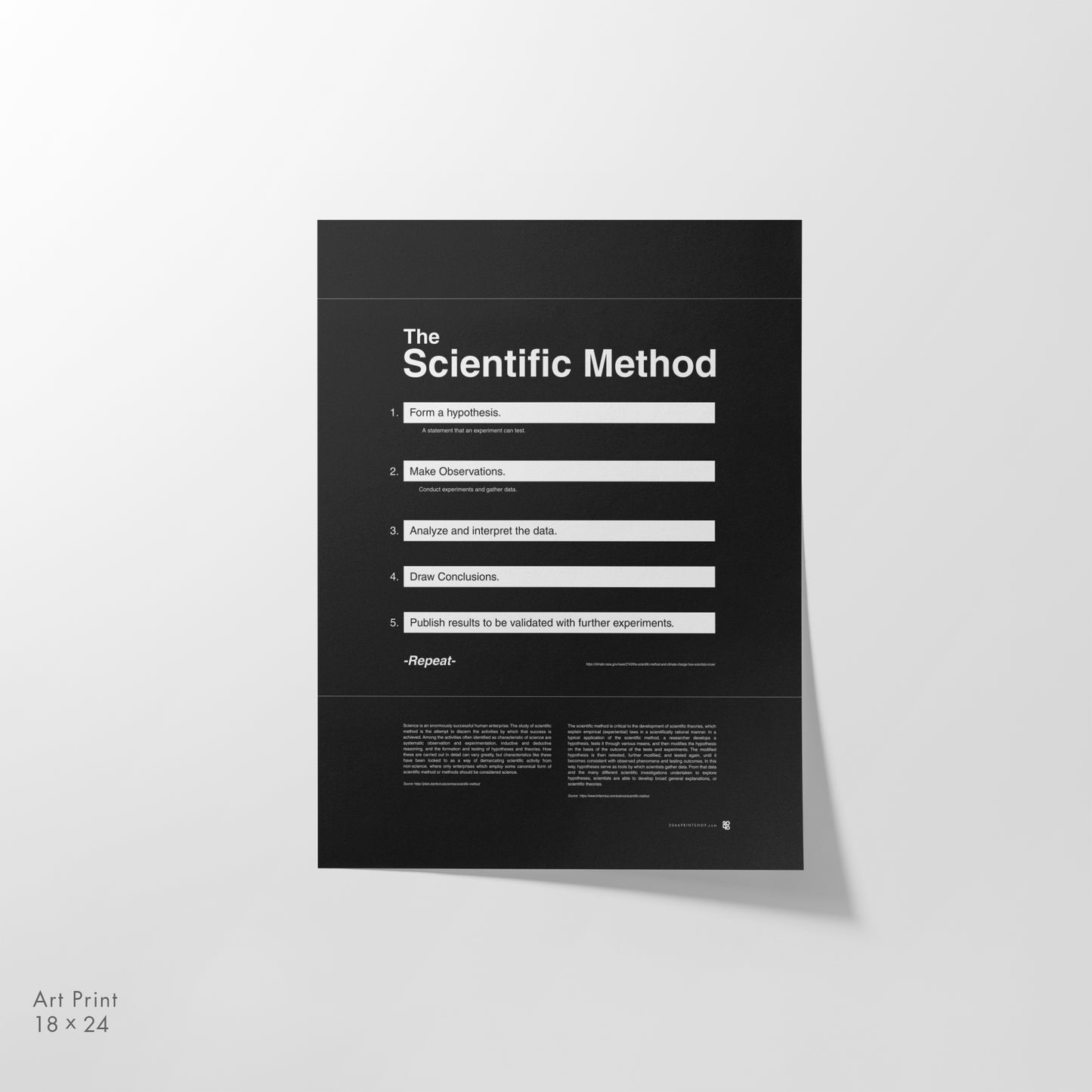
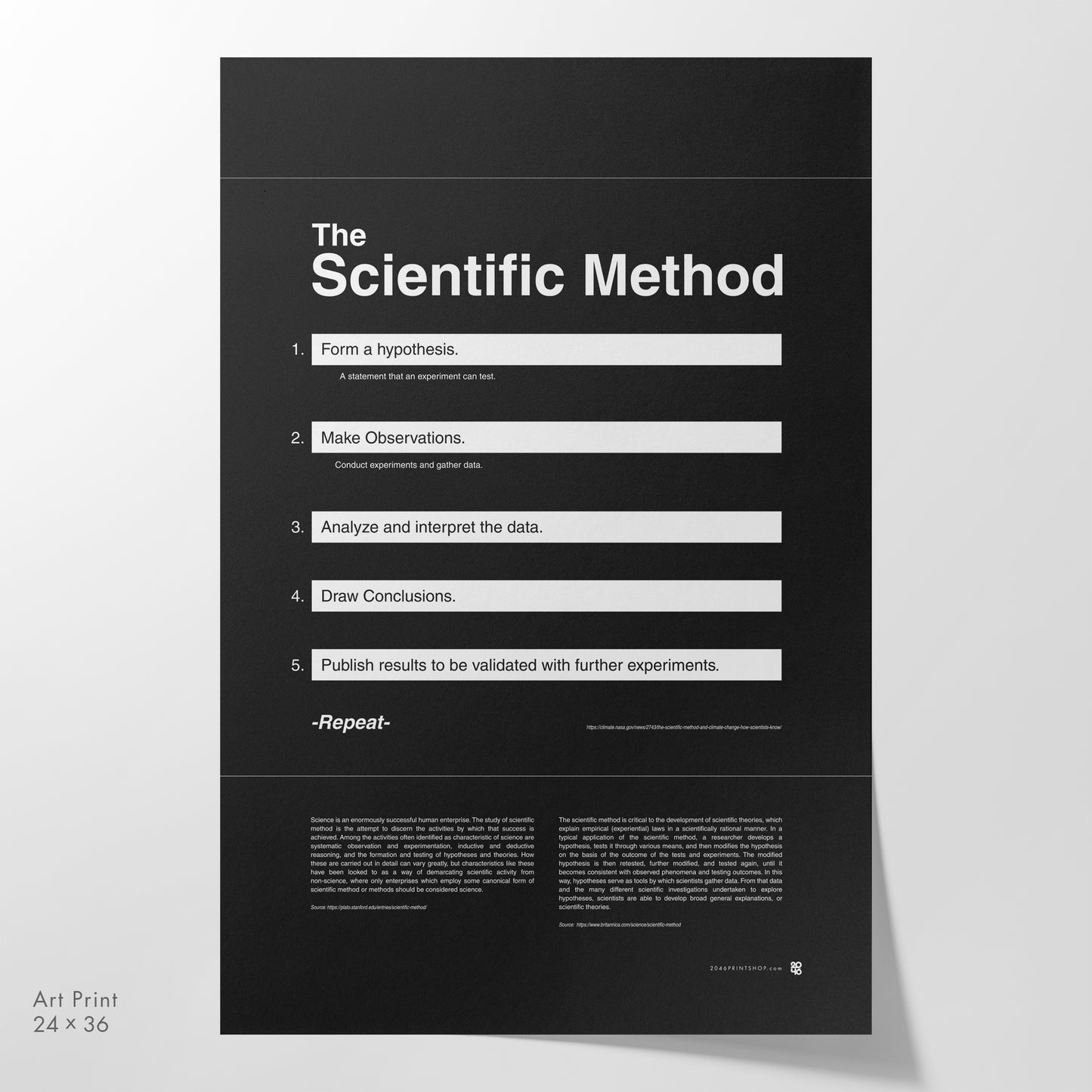
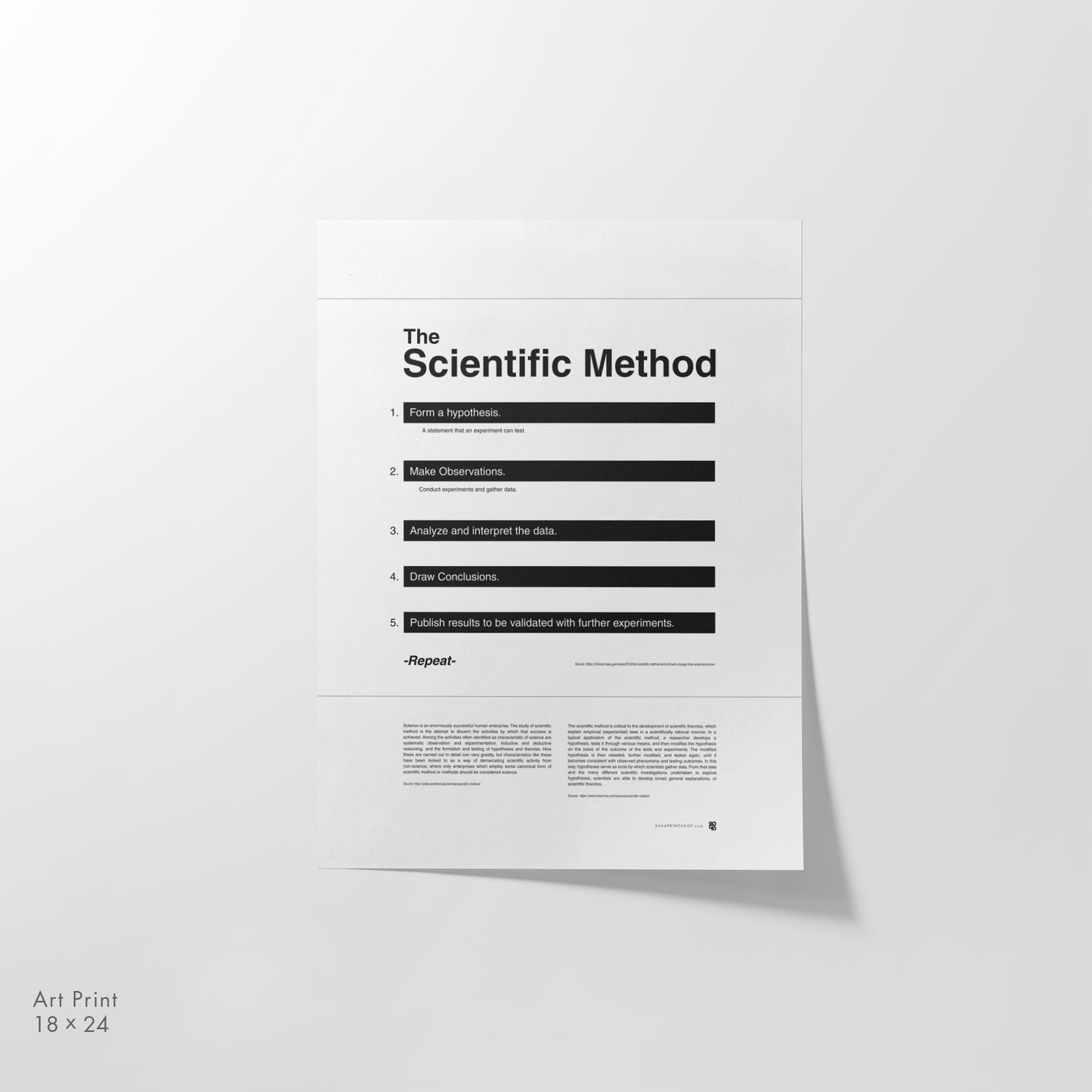
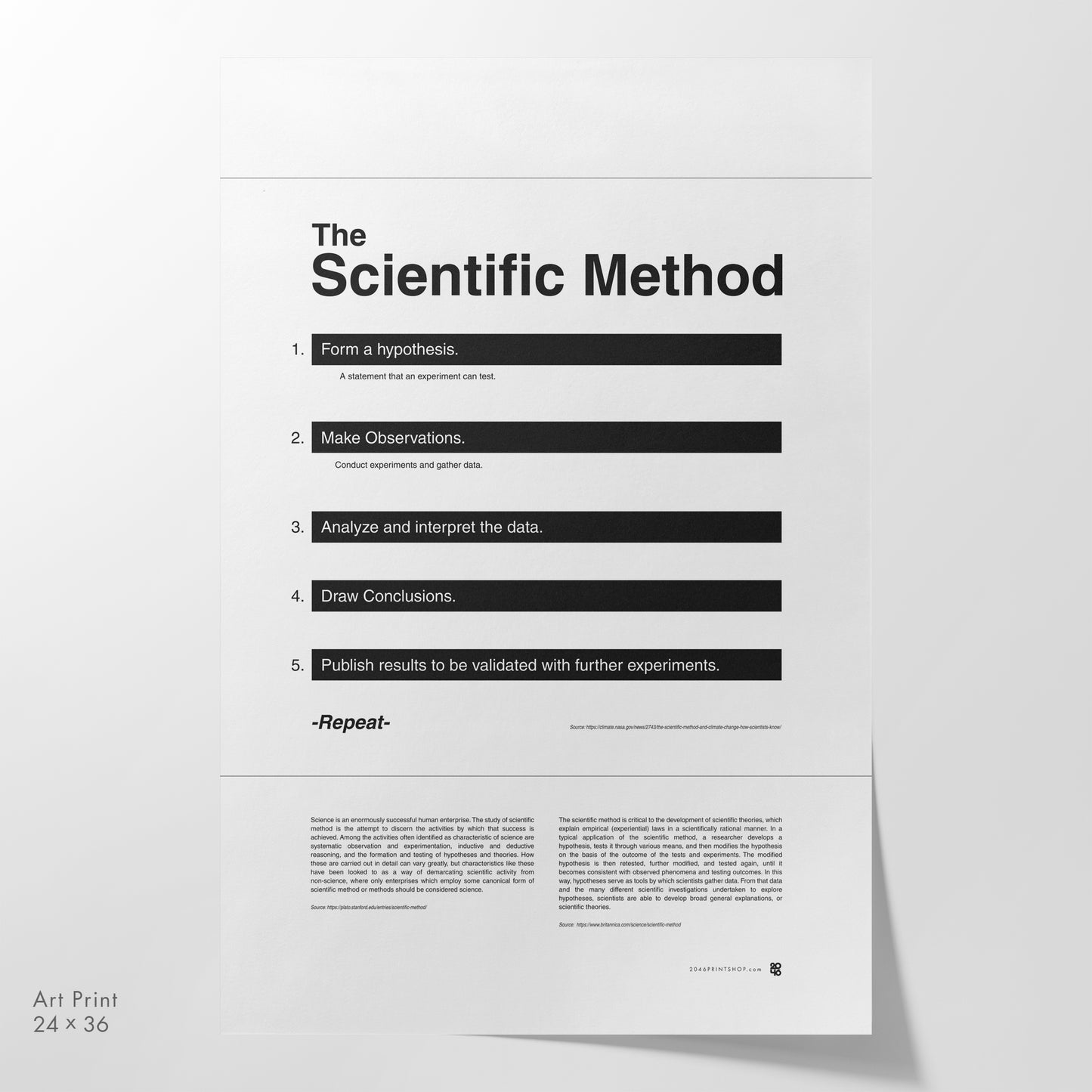


Join us in making sure that everyone (friends, colleagues, family, and perfect strangers) is working to build public support and political will for the big solutions needed to address climate justice.
Pin Save the Climate donates 50% of profits to climate justice organizations.